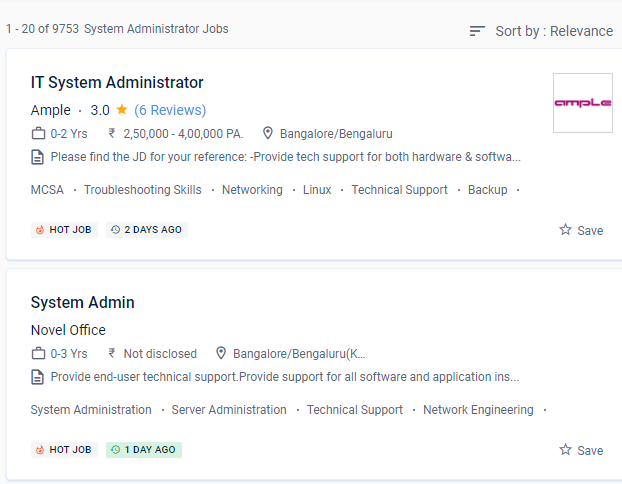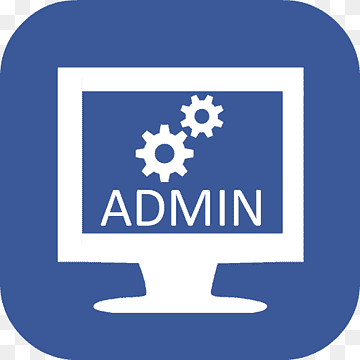System Administration Training by Experts
Our Training Process

System Administration - Syllabus, Fees & Duration
MODULE 1
- System administration introduction, policies, overview, UNIX history and basis
MODULE 2
- File systems and disks
MODULE 3
- Software installation concepts
MODULE 4
- Multi users basics, politics, policies and ethics
MODULE 5
- Automating administrative tasks
MODULE 6
- Networking
MODULE 7
- Backup and disaster recovery
MODULE 8
- DNS
MODULE 9
- SMTP, HTTP
MODULE 10
- Configuration management
MODULE 11
- Distributed computing
MODULE 12
- SNMP, monitoring
MODULE 13
- System security
This syllabus is not final and can be customized as per needs/updates





 The System Administration course in Phoenix will take you from working on a single machine to managing a complete fleet.
To digitally connect clusters of computers, they create local area networks (LANs) and wide-area networks (WANs).
All of the important components of the corporate computing infrastructure are managed by system administrators.
For secure, high-speed Internet access, they connect routers, modems, and firewalls. Systems administration is the division of information technology that is in charge of keeping multi-user computer schemes up and running. Some people excel at determining the company's technology needs as information systems managers. We'll take a deep dive into the cloud, covering everything from common cloud infrastructure setups to cloud resource management.
A system administrator's responsibilities include the following:
System administrators are in charge of managing, maintaining, and configuring commercial computer systems on a day-to-day basis. Information technology (IT) experts execute the work of systems administration for a company. Computer scientists research to develop new IT approaches that are both effective and efficient.
The System Administration course in Phoenix will take you from working on a single machine to managing a complete fleet.
To digitally connect clusters of computers, they create local area networks (LANs) and wide-area networks (WANs).
All of the important components of the corporate computing infrastructure are managed by system administrators.
For secure, high-speed Internet access, they connect routers, modems, and firewalls. Systems administration is the division of information technology that is in charge of keeping multi-user computer schemes up and running. Some people excel at determining the company's technology needs as information systems managers. We'll take a deep dive into the cloud, covering everything from common cloud infrastructure setups to cloud resource management.
A system administrator's responsibilities include the following:
System administrators are in charge of managing, maintaining, and configuring commercial computer systems on a day-to-day basis. Information technology (IT) experts execute the work of systems administration for a company. Computer scientists research to develop new IT approaches that are both effective and efficient.



















































































